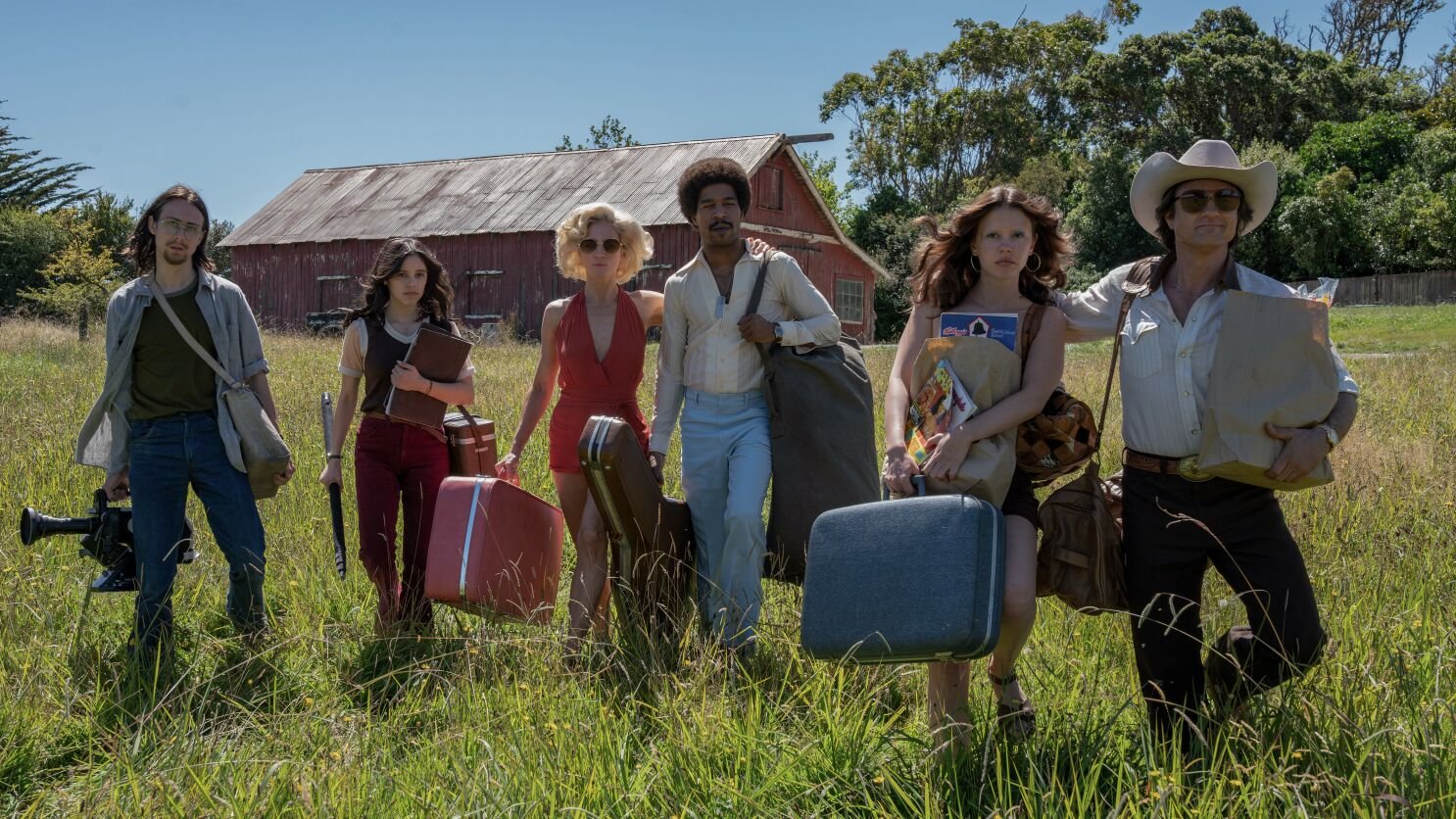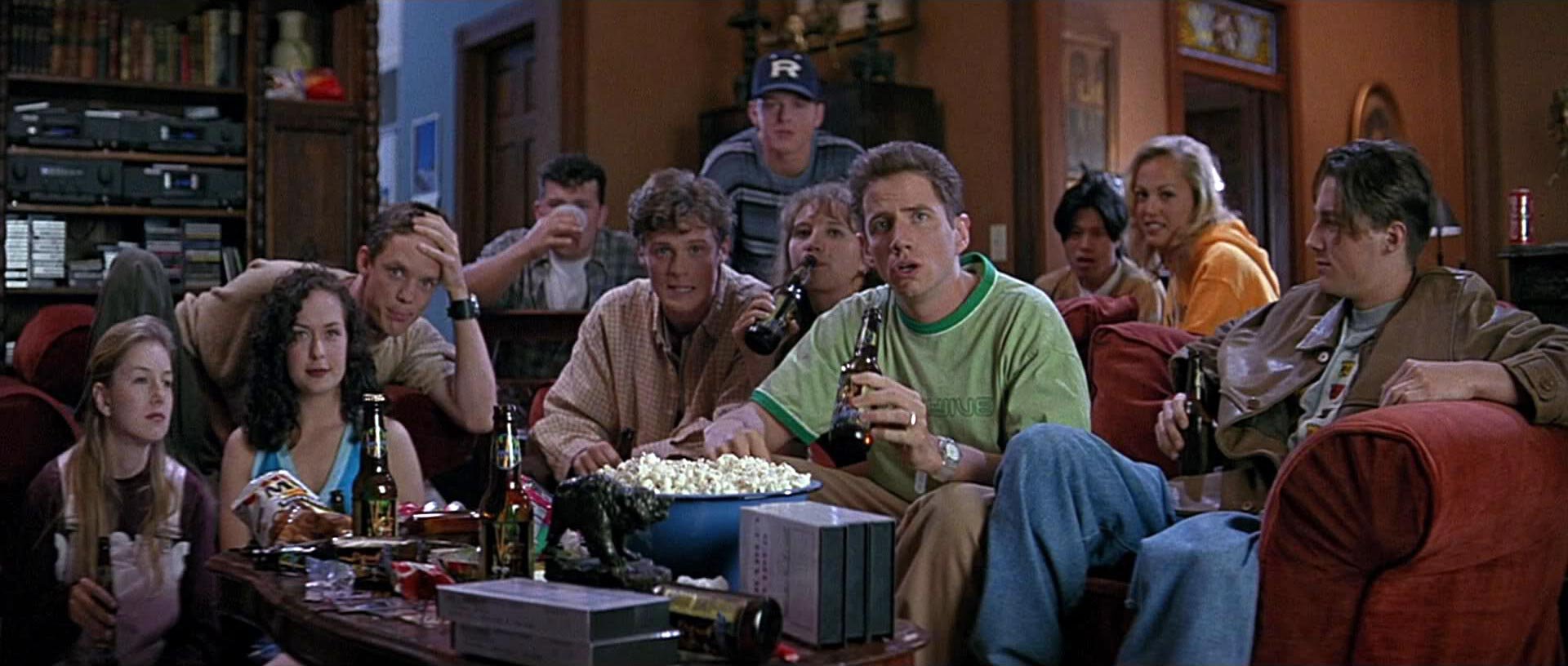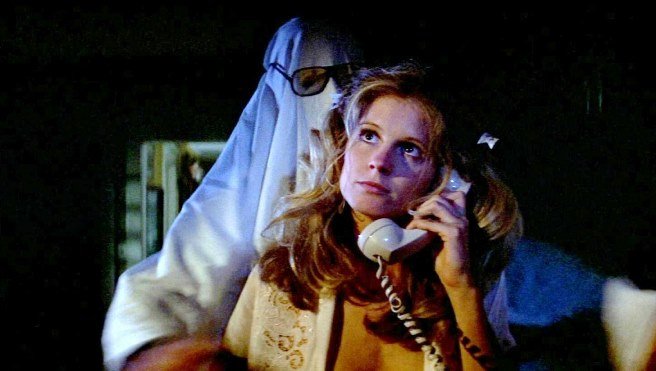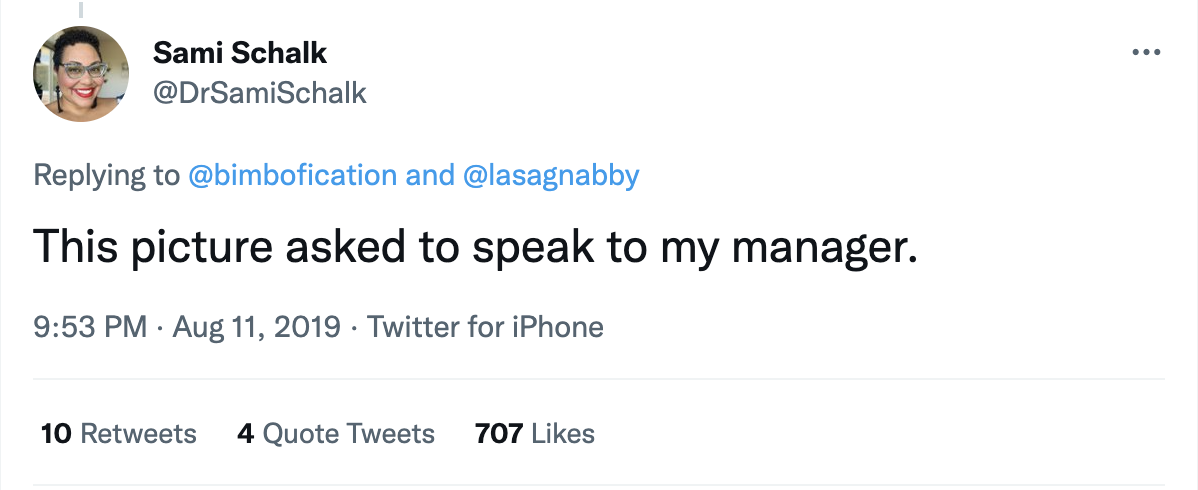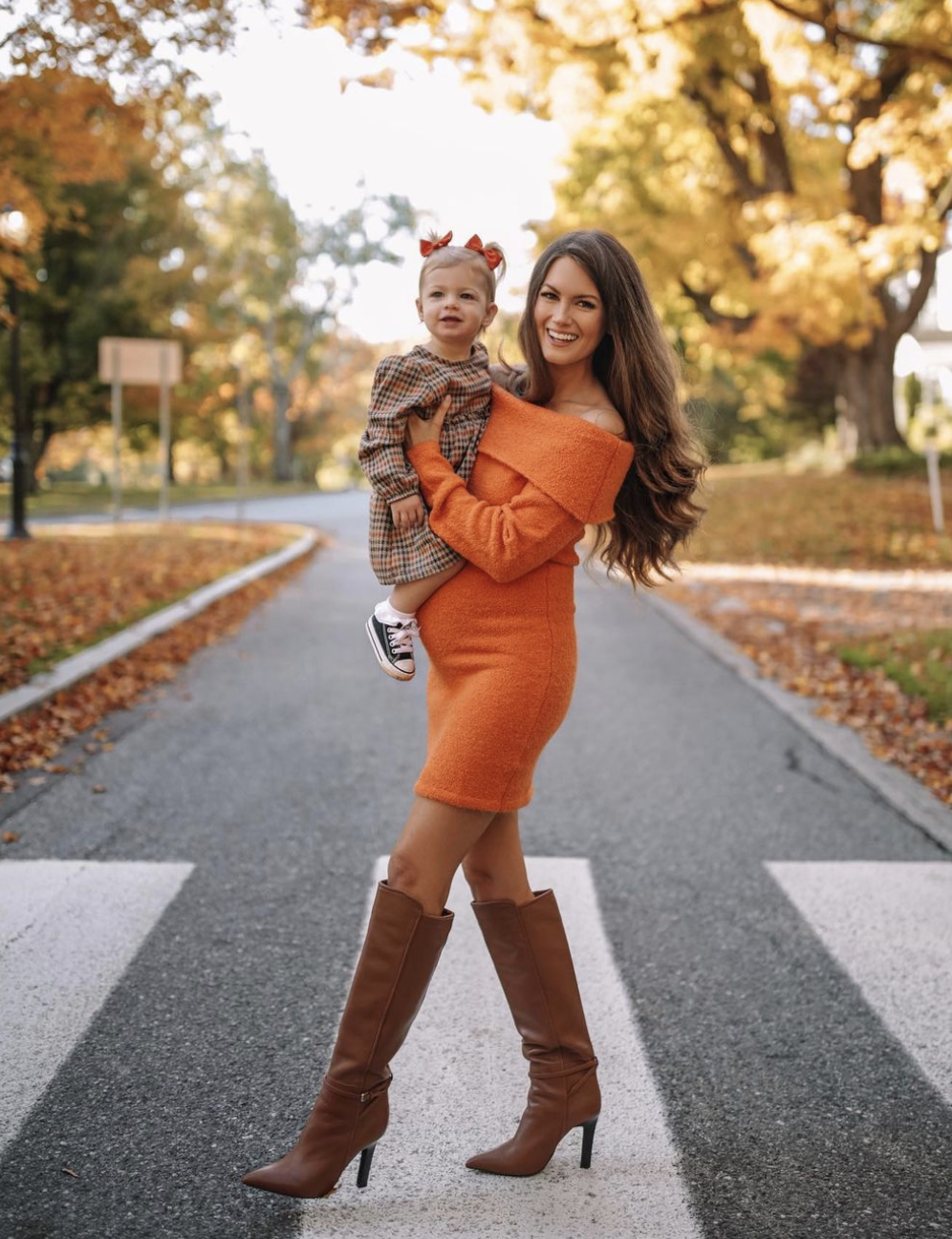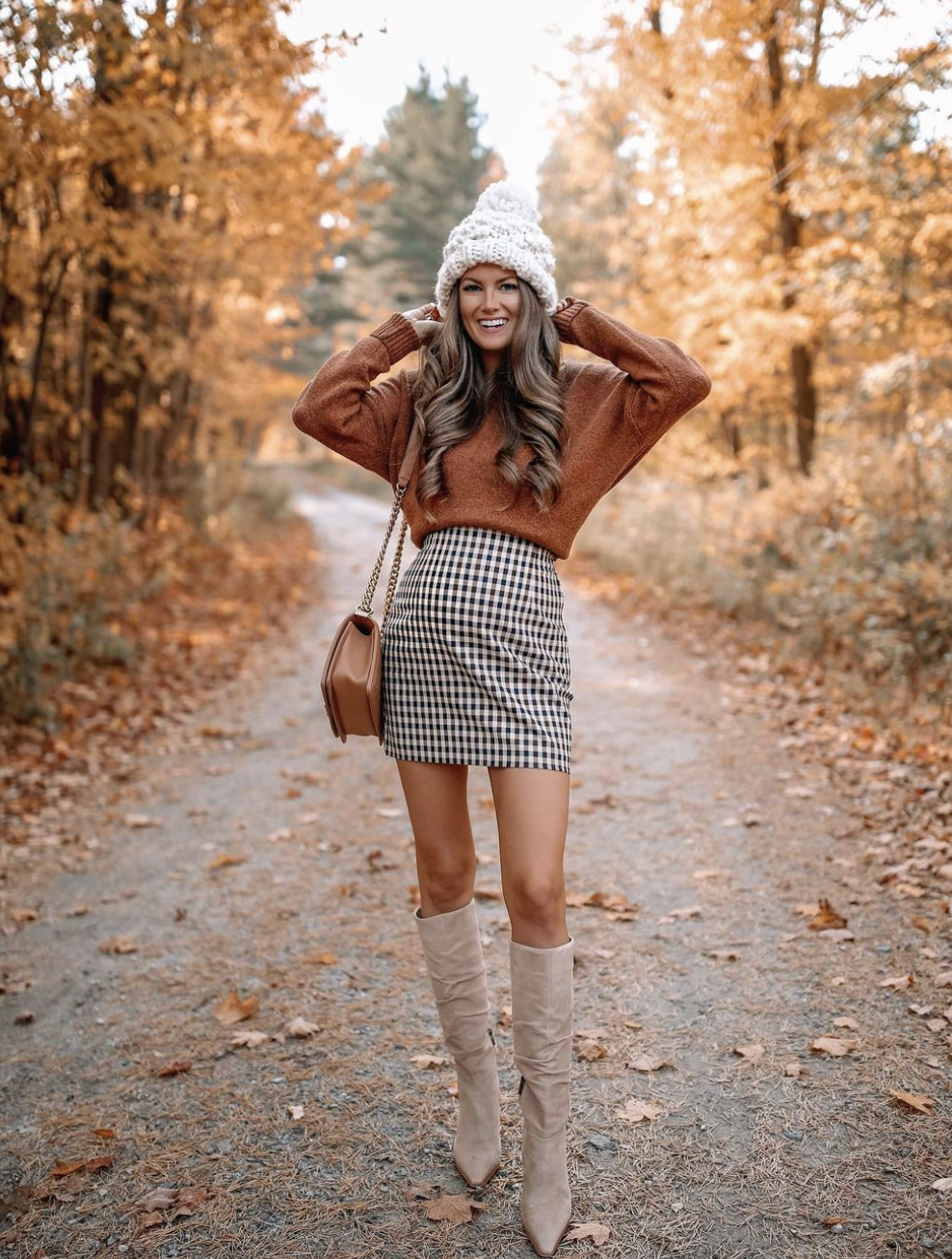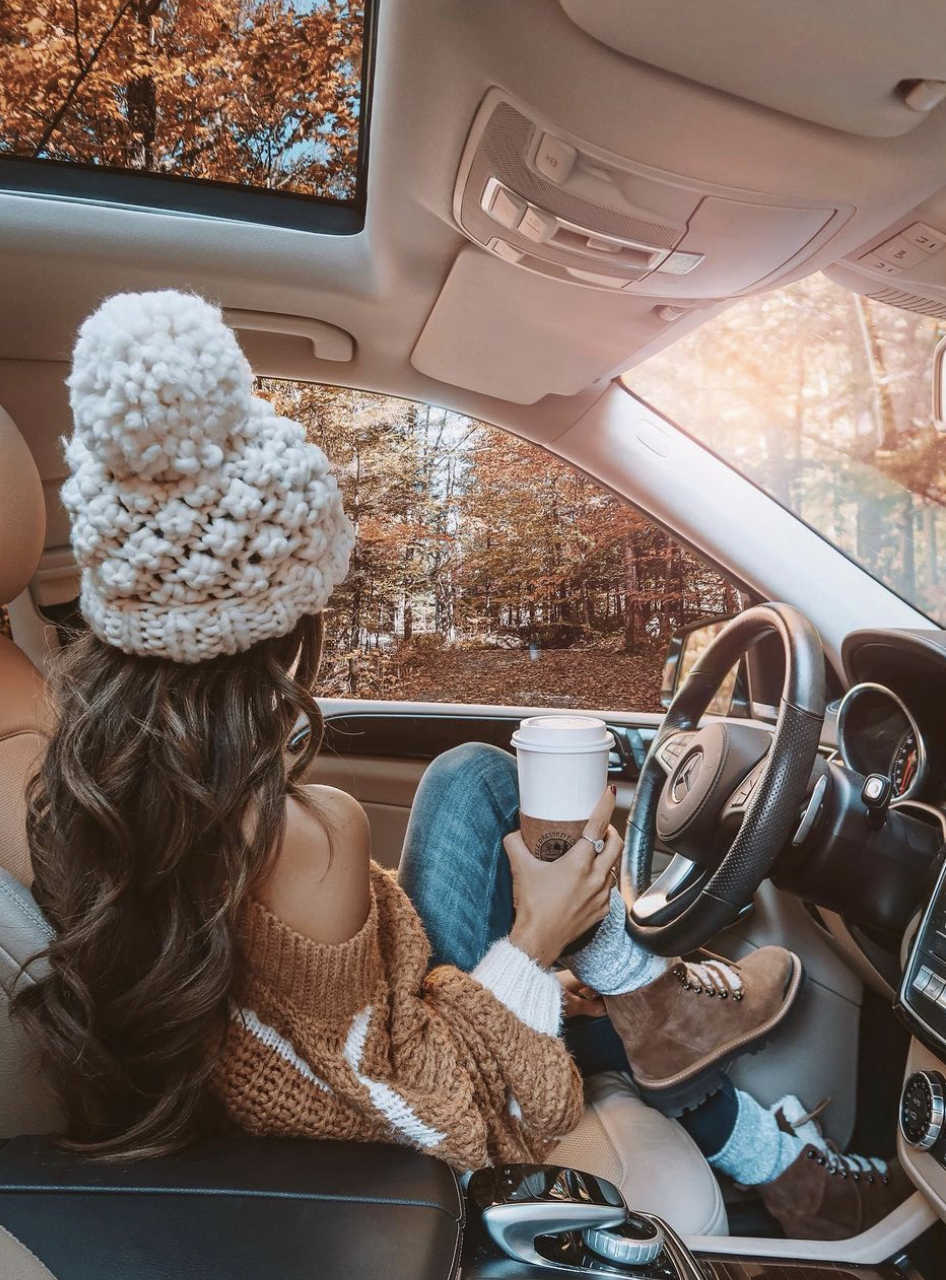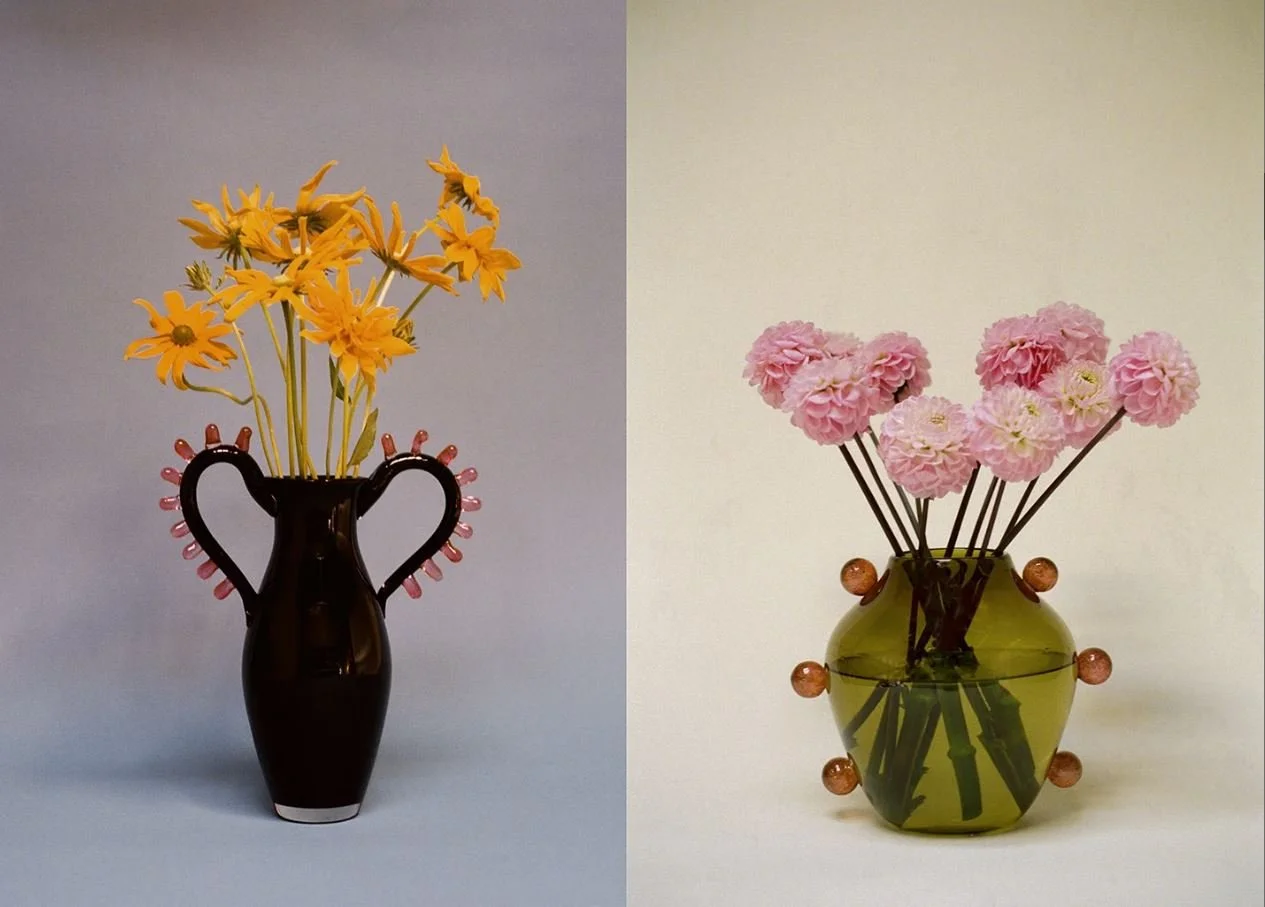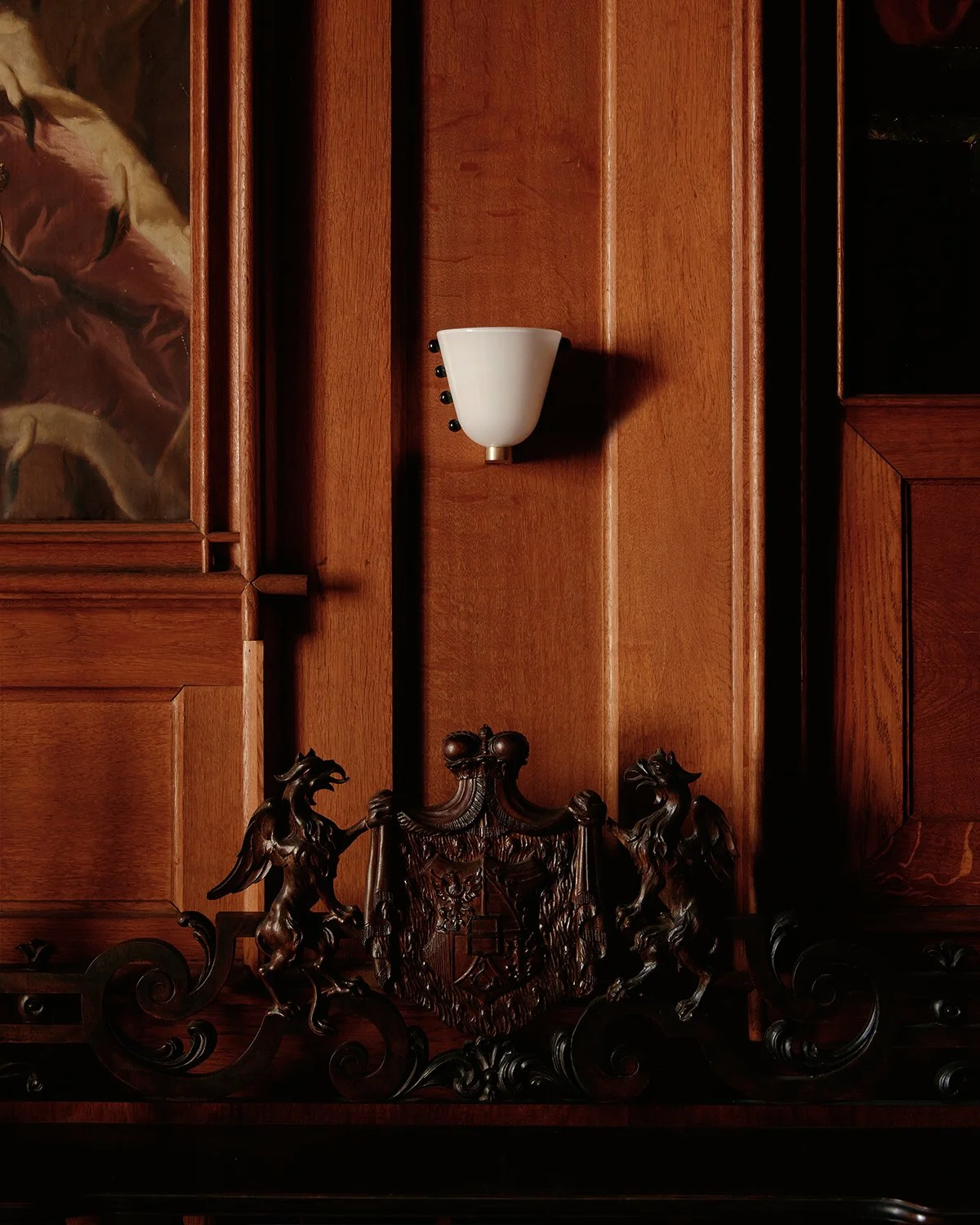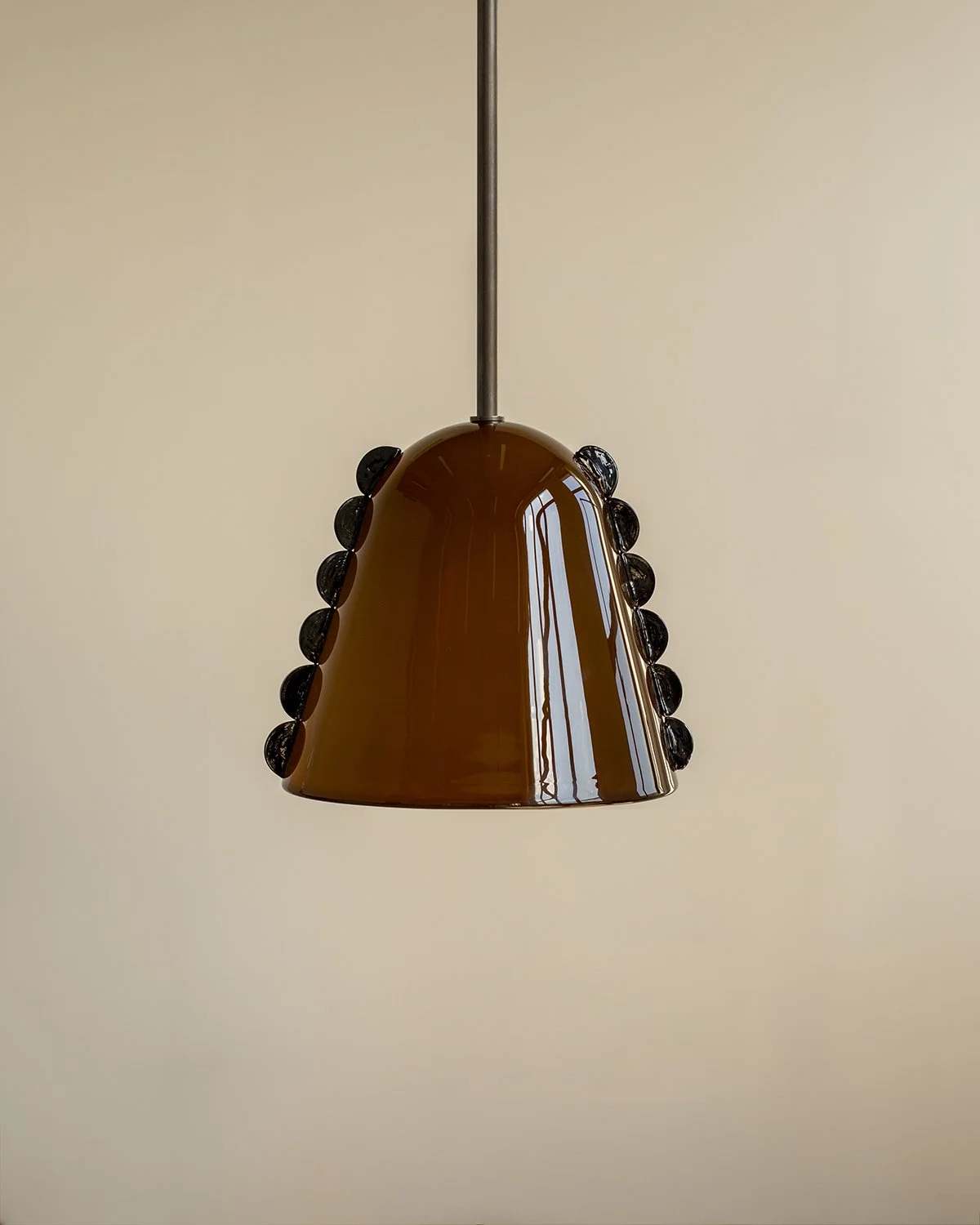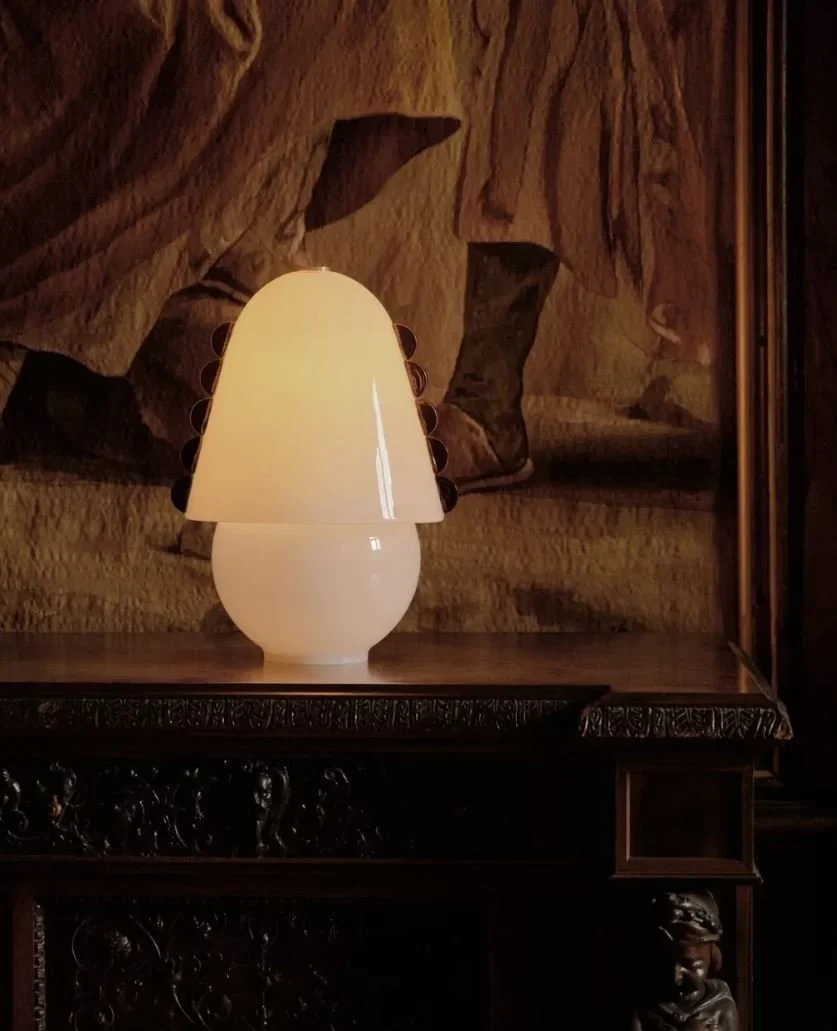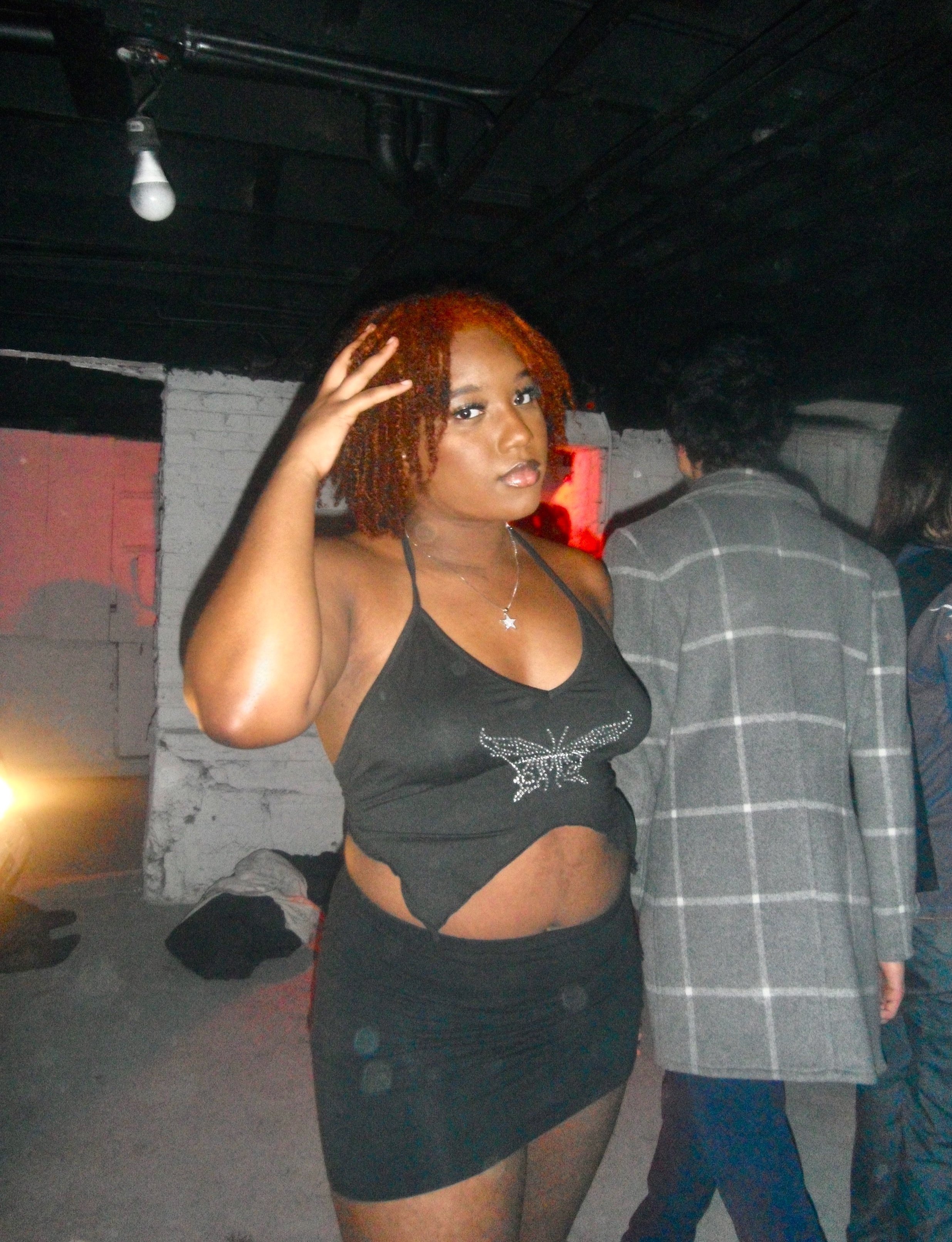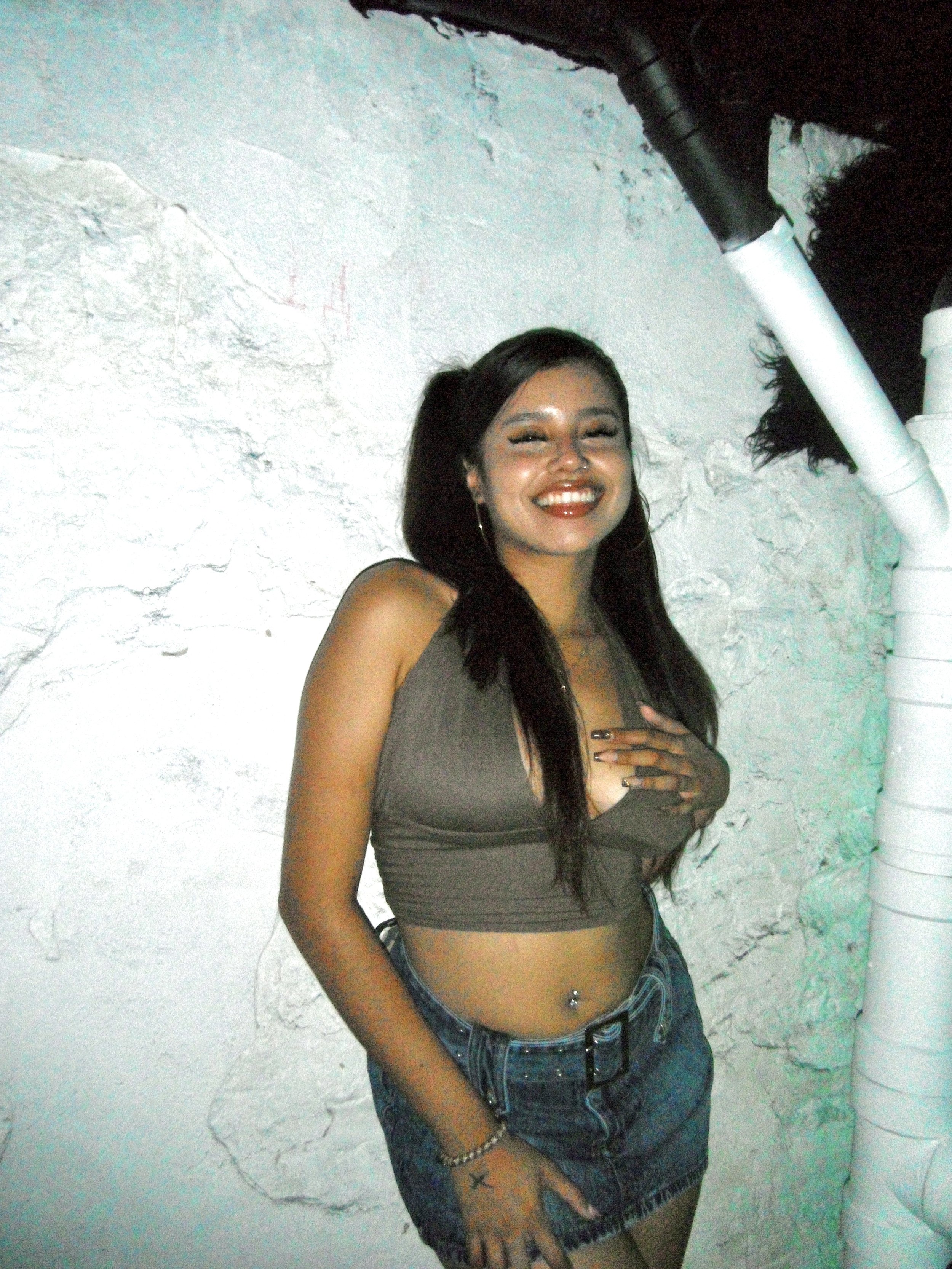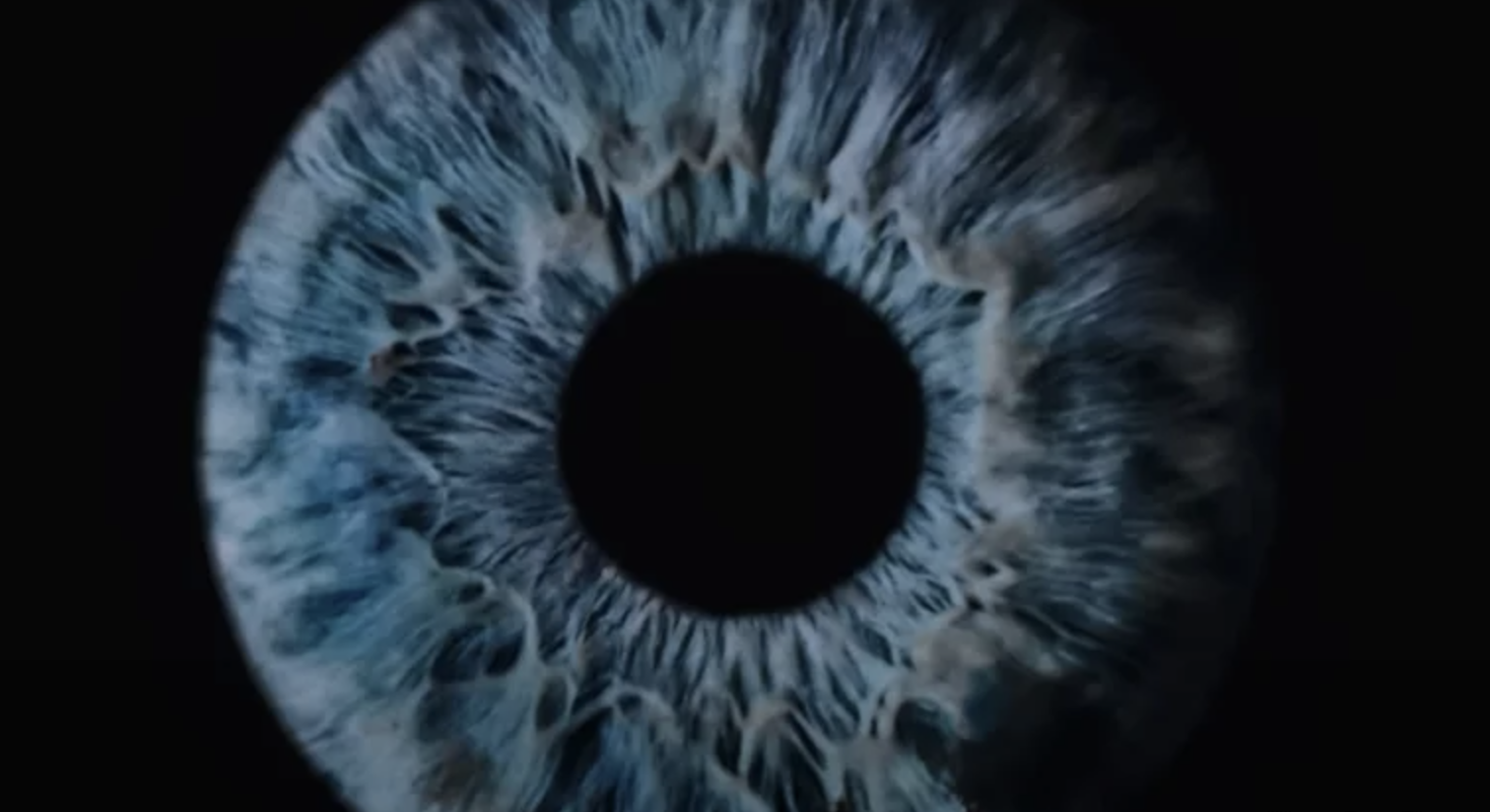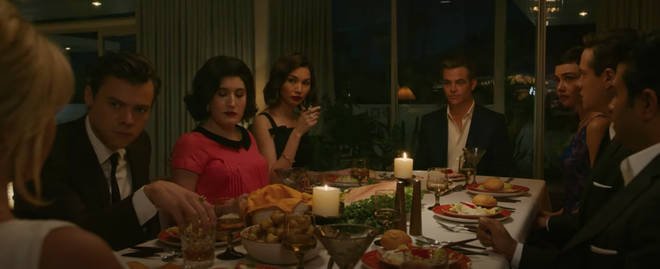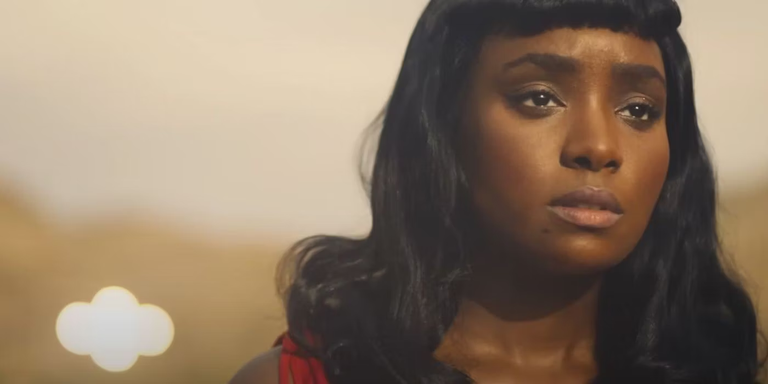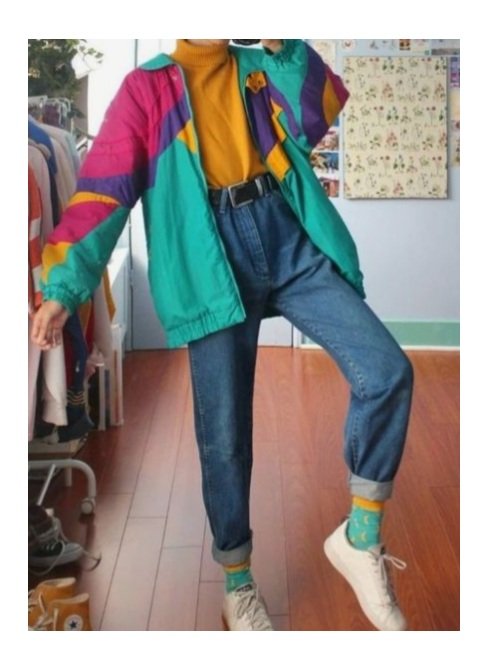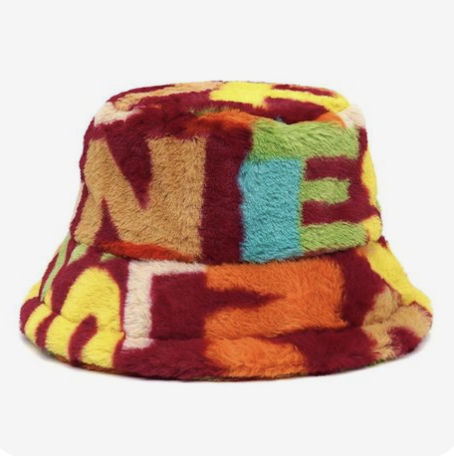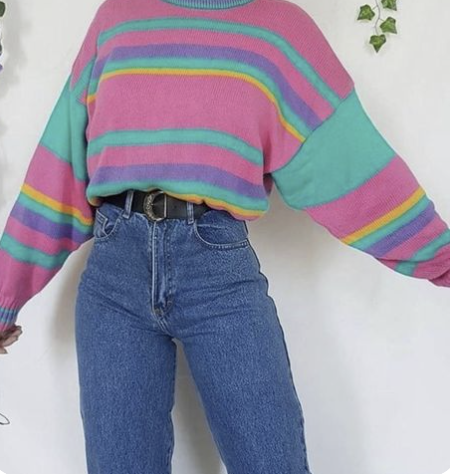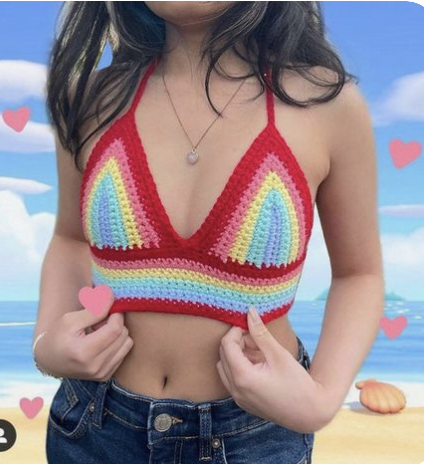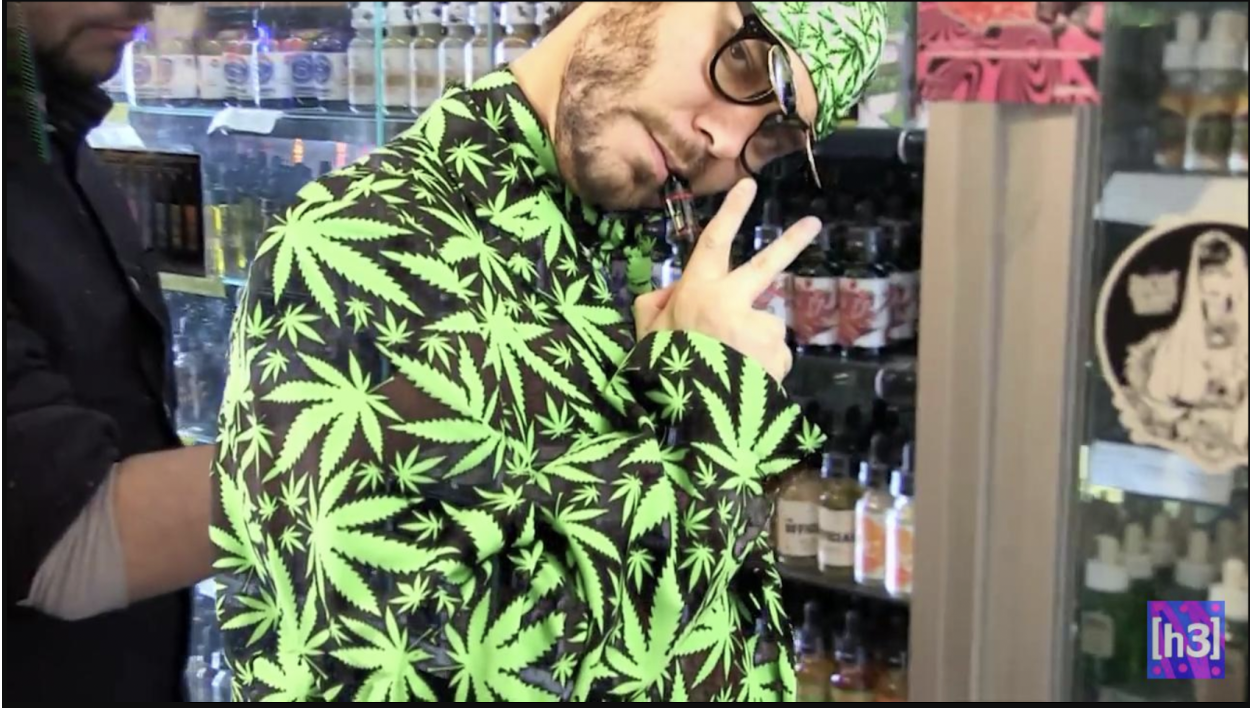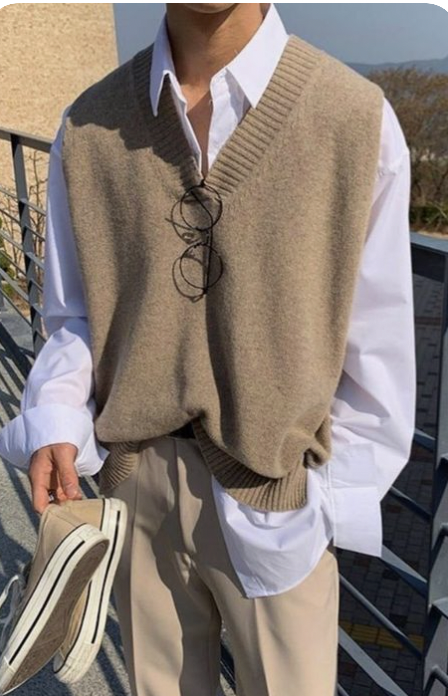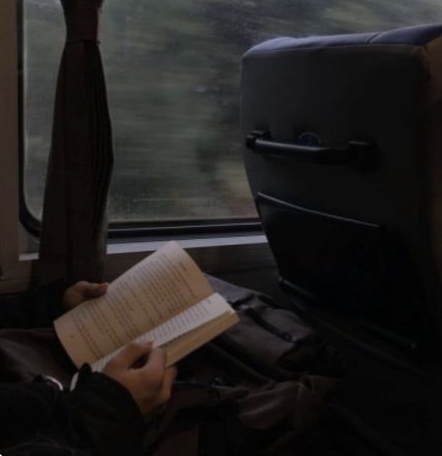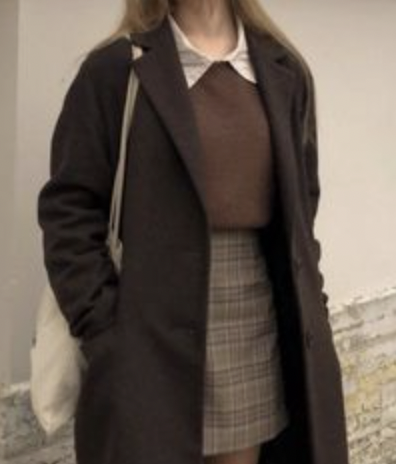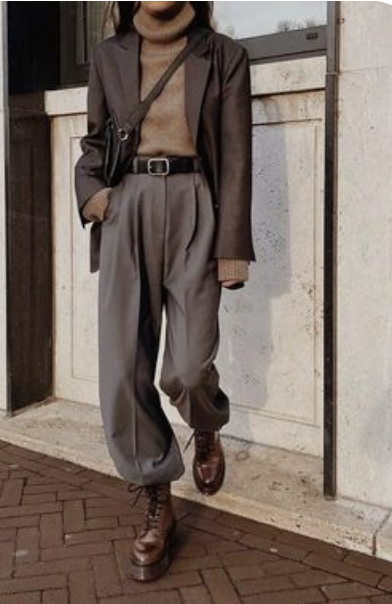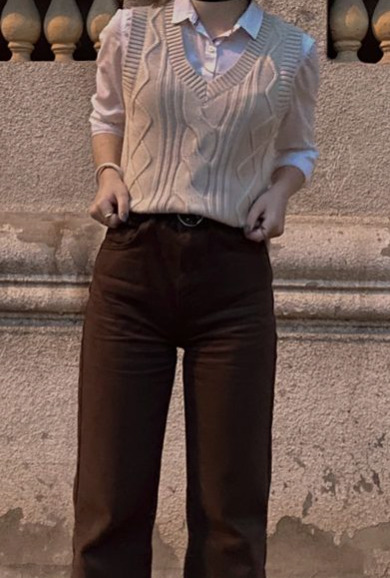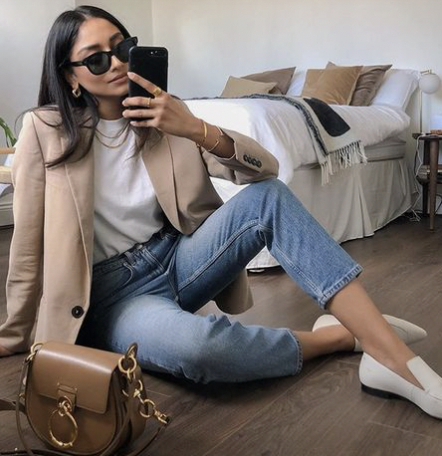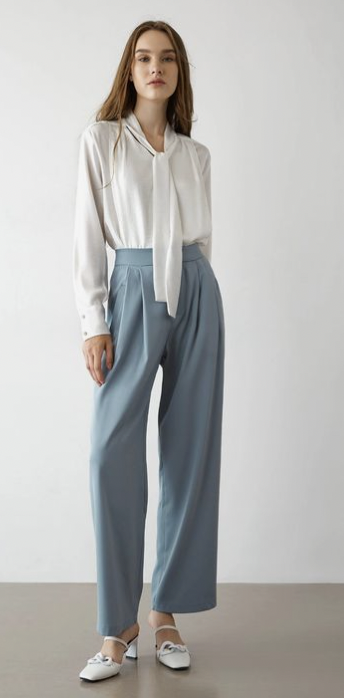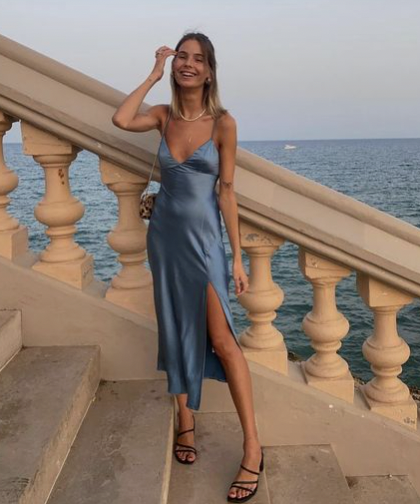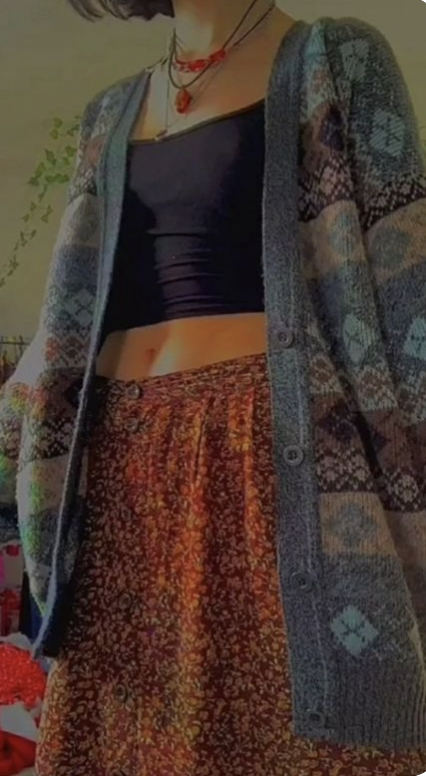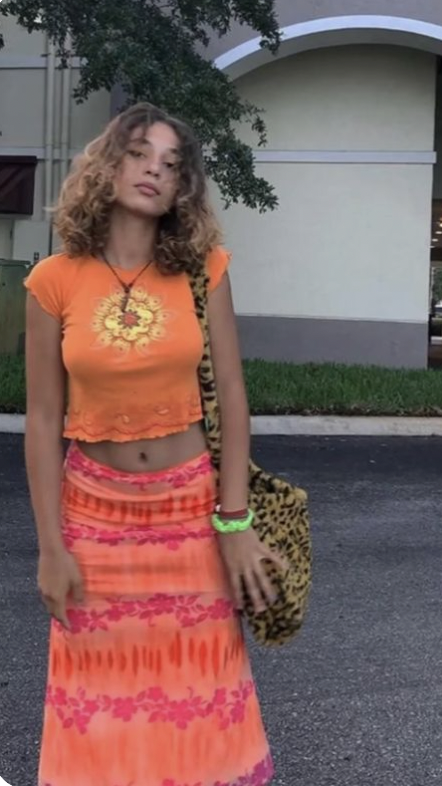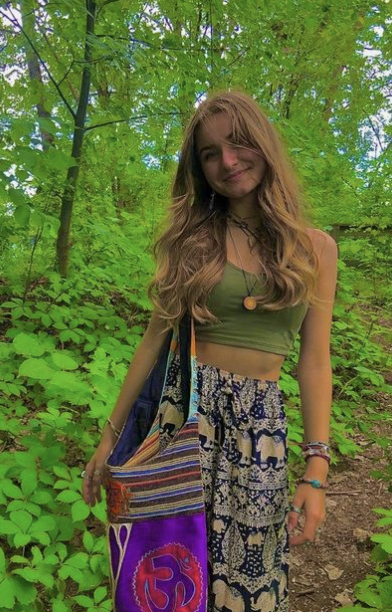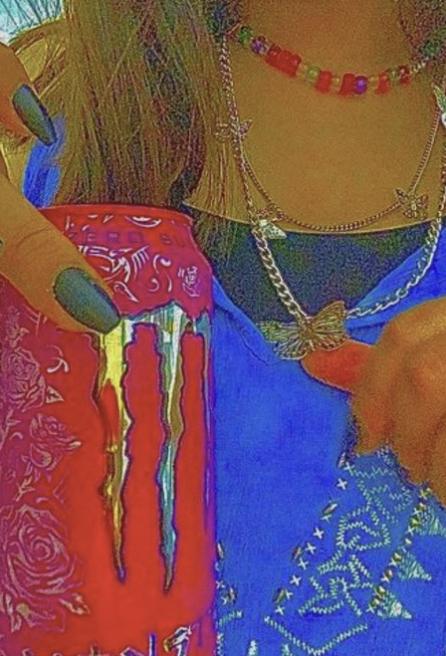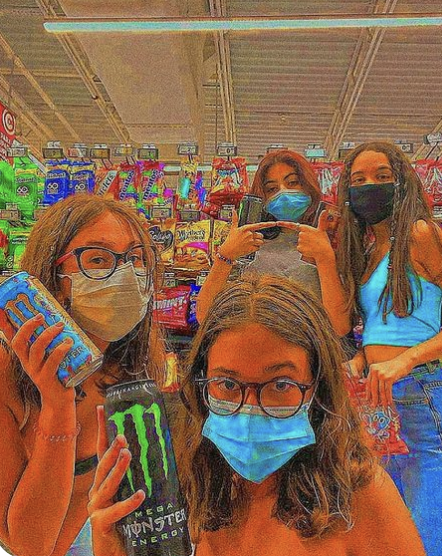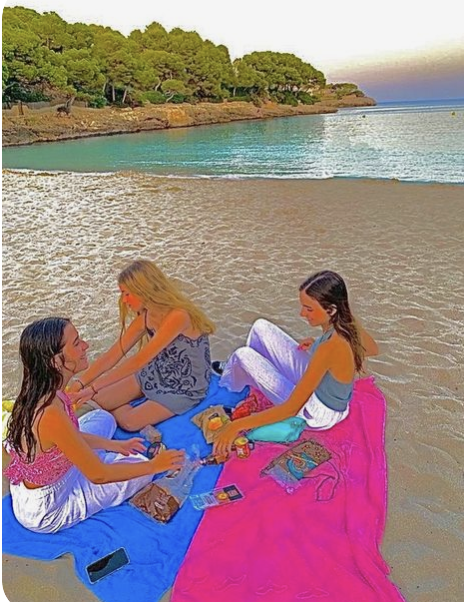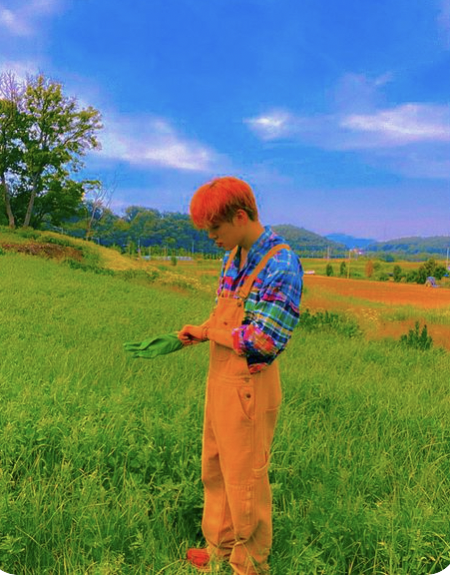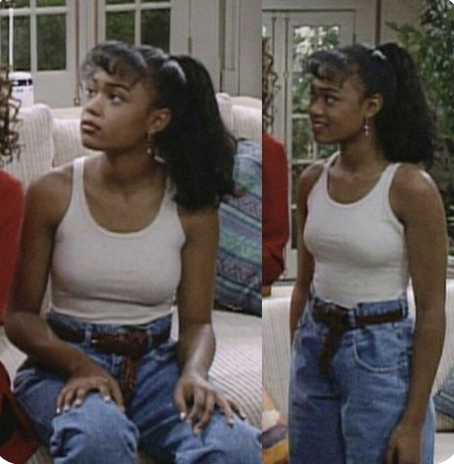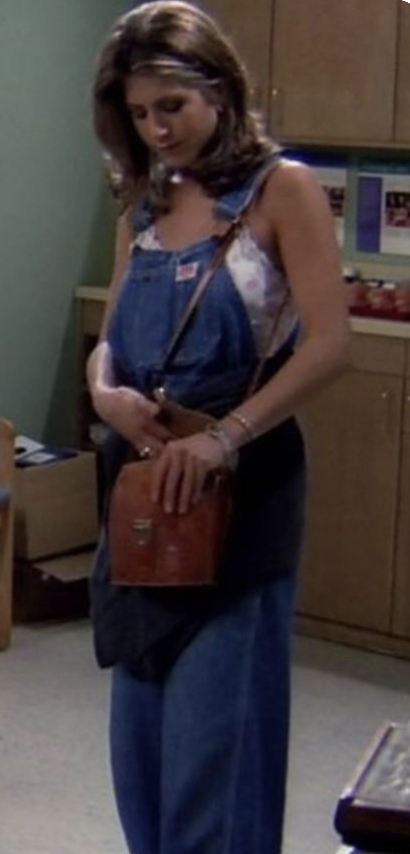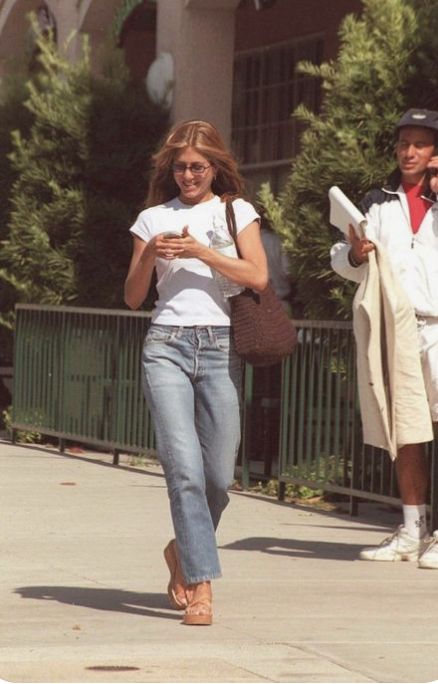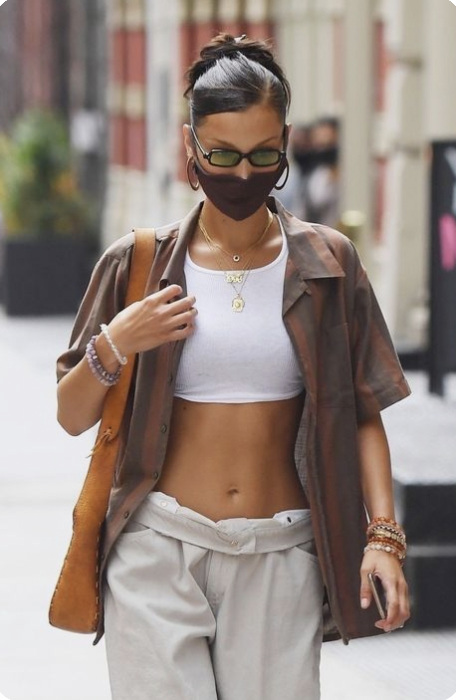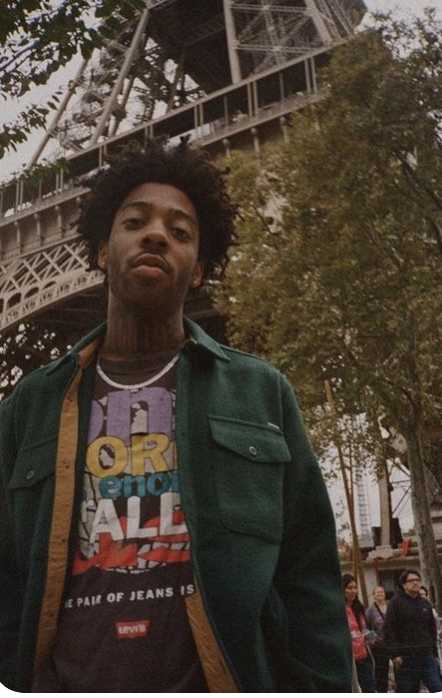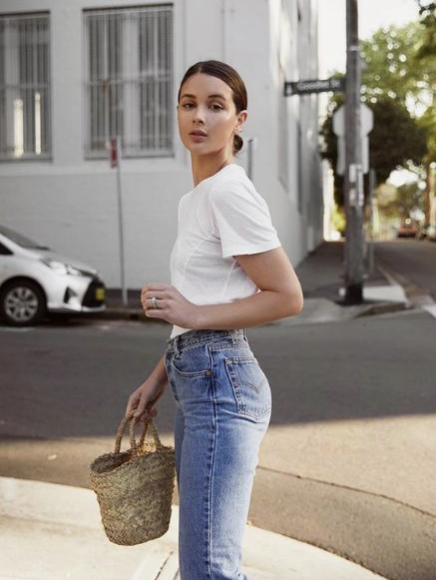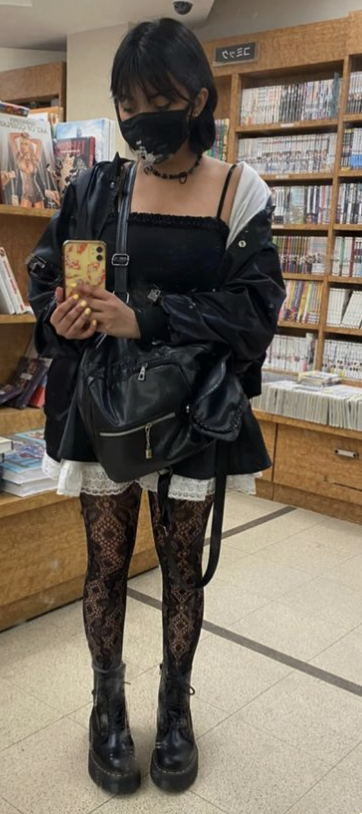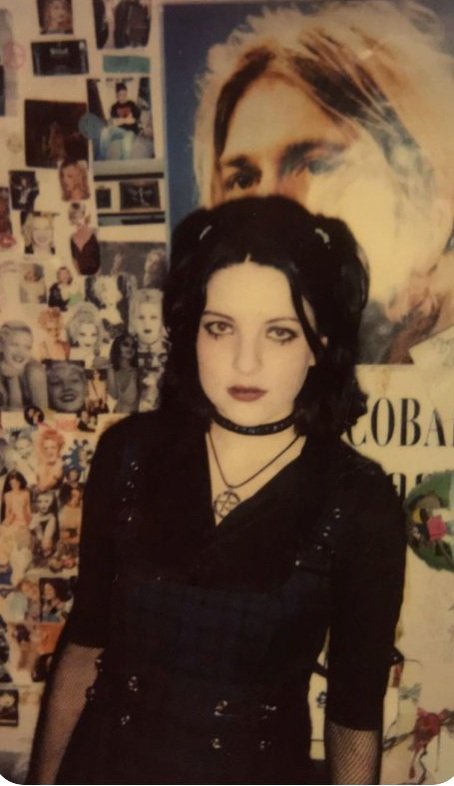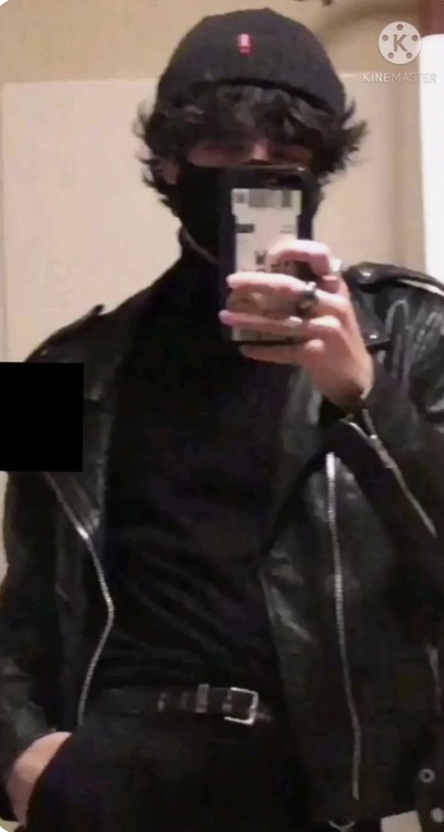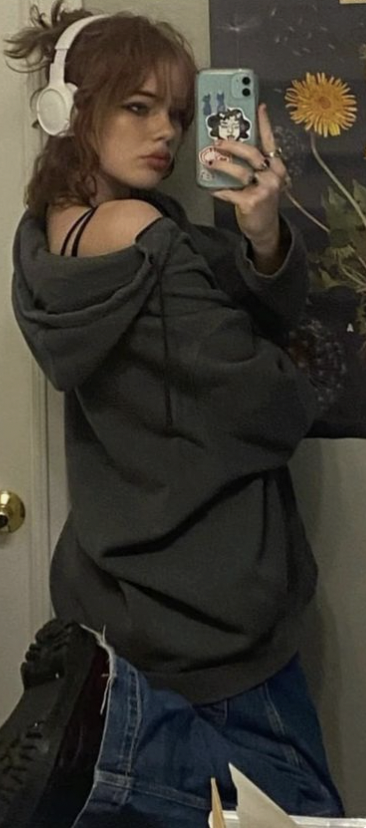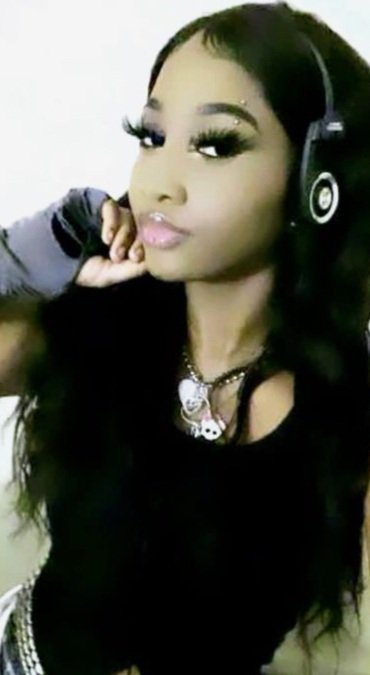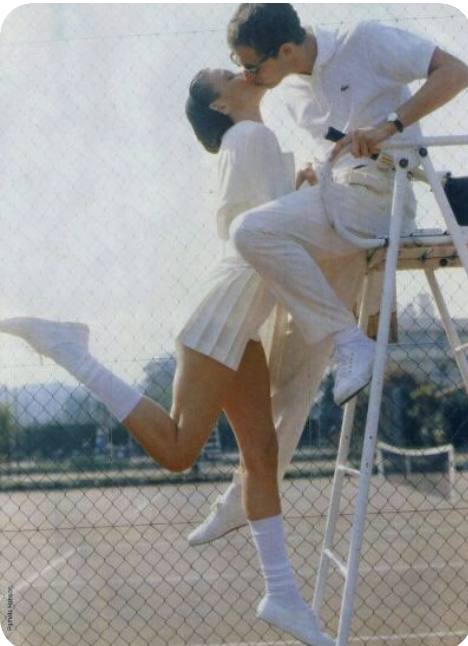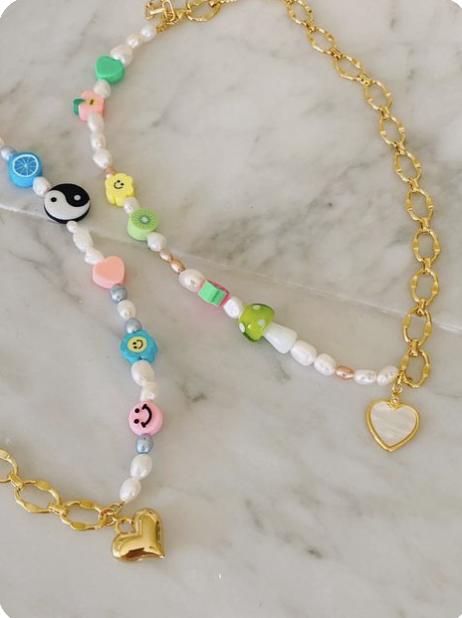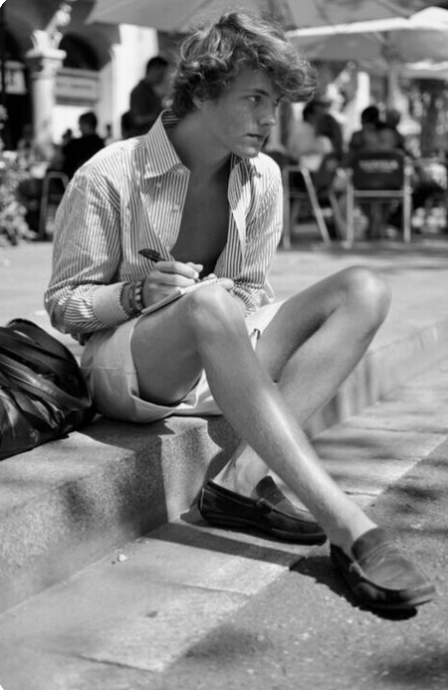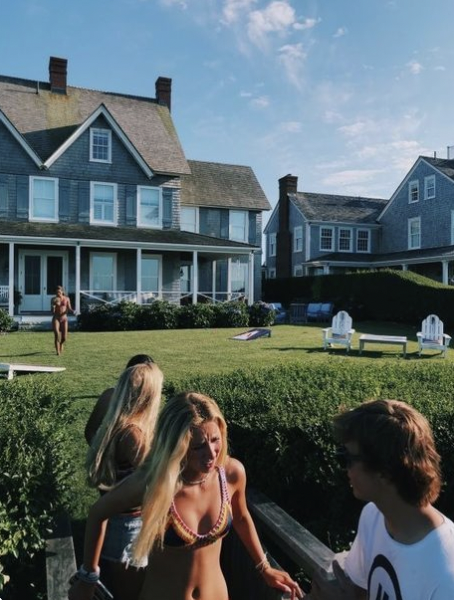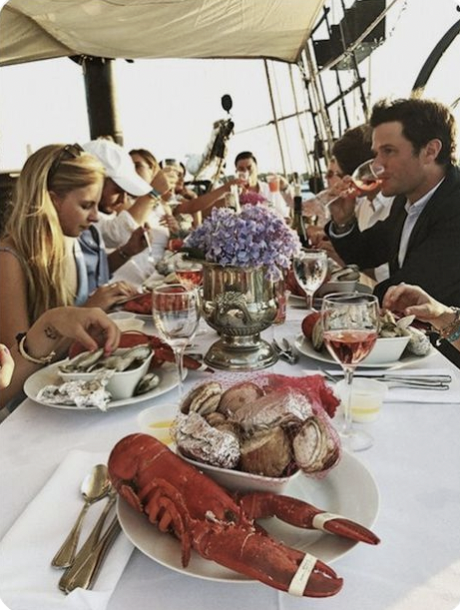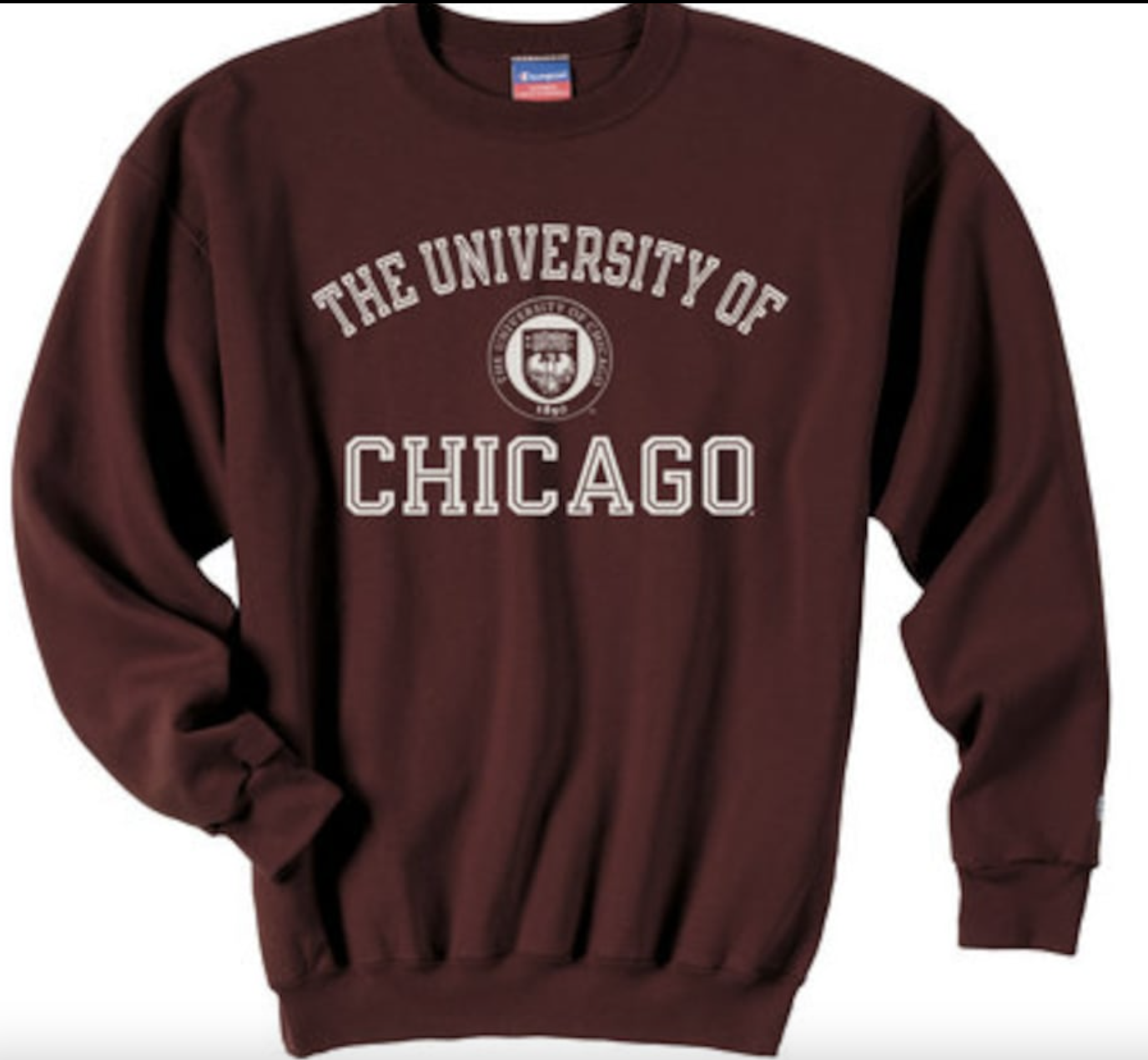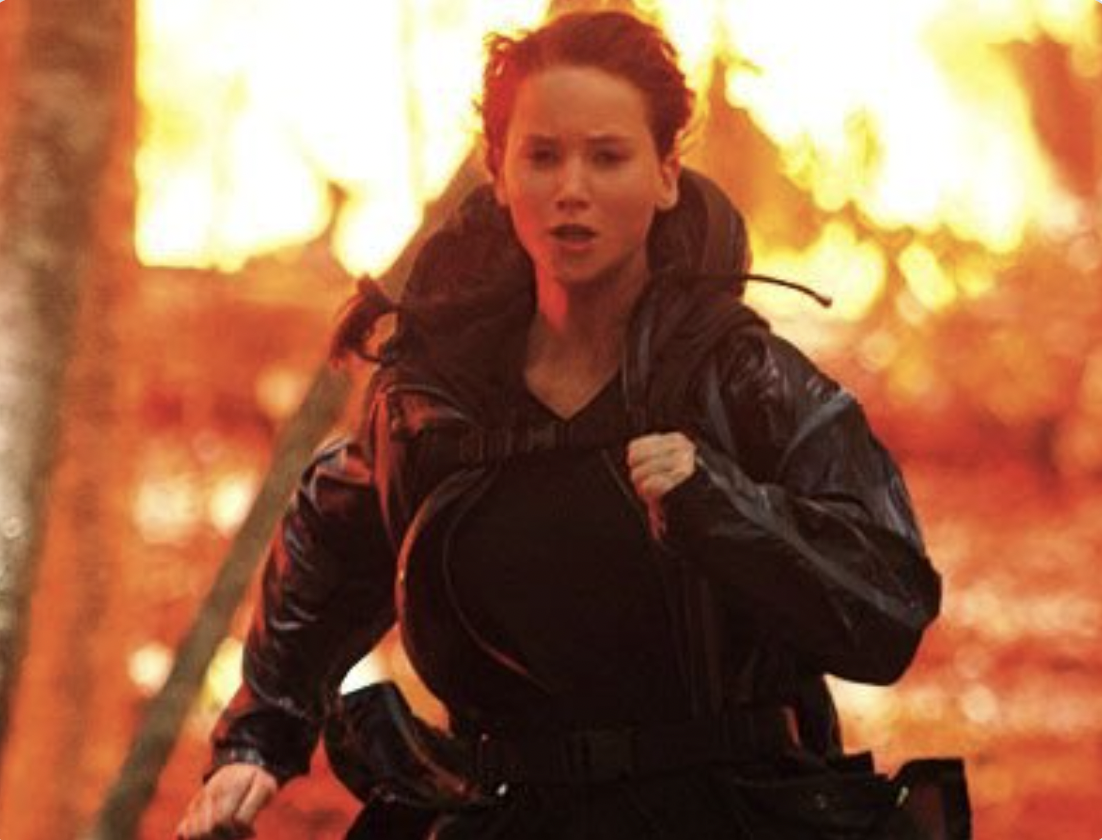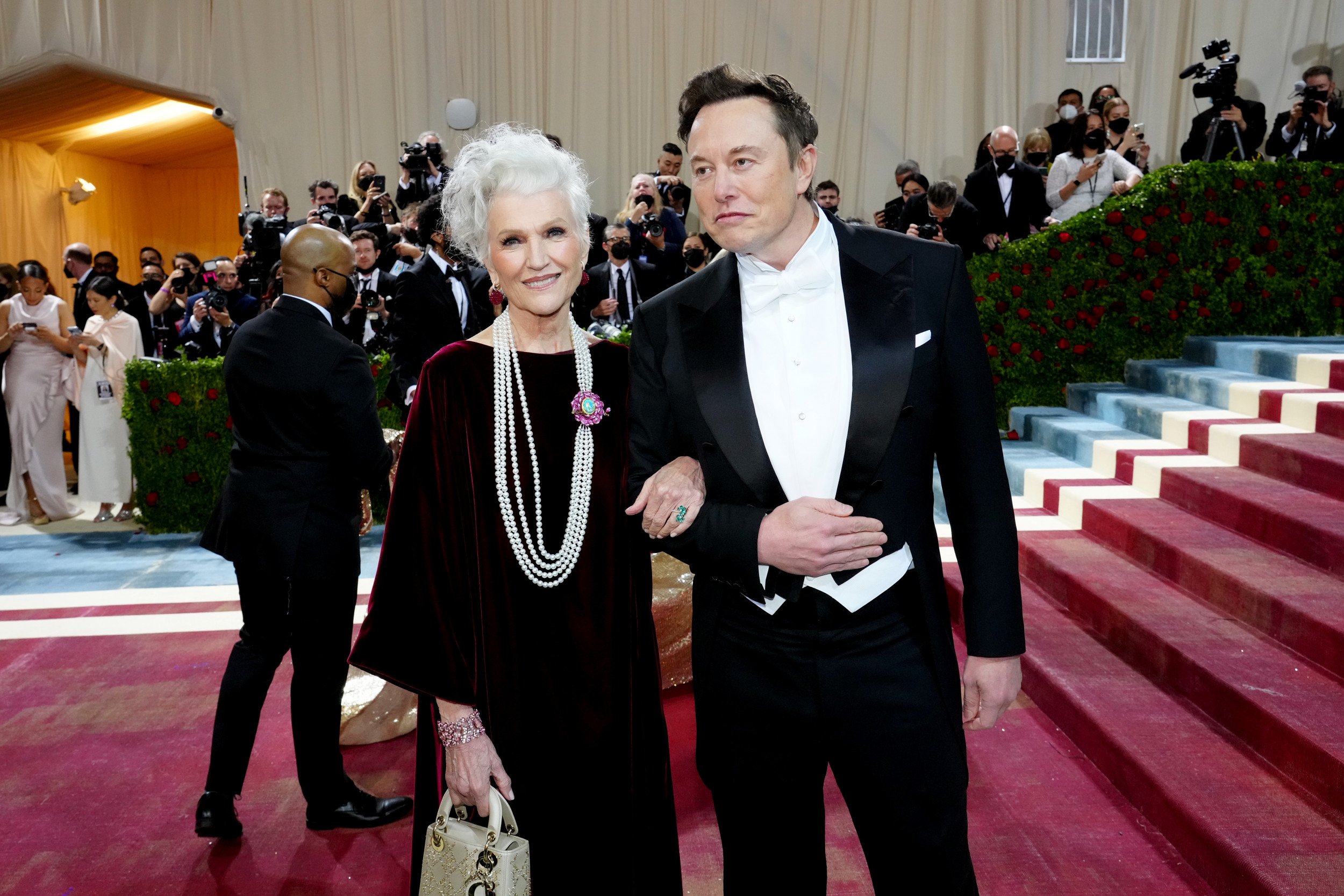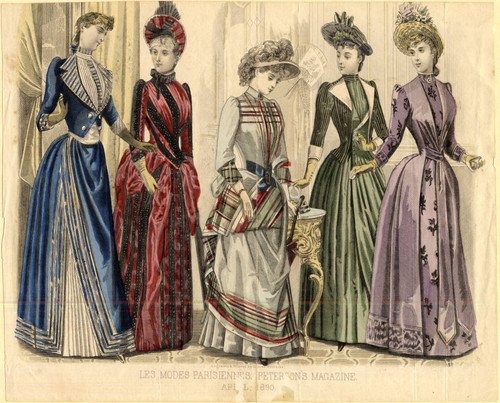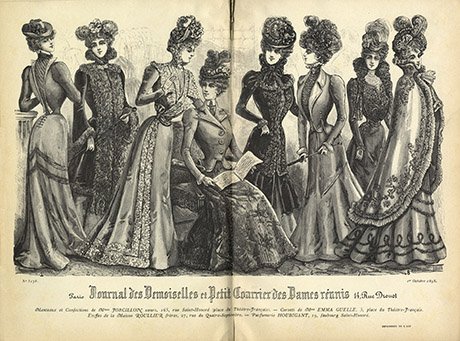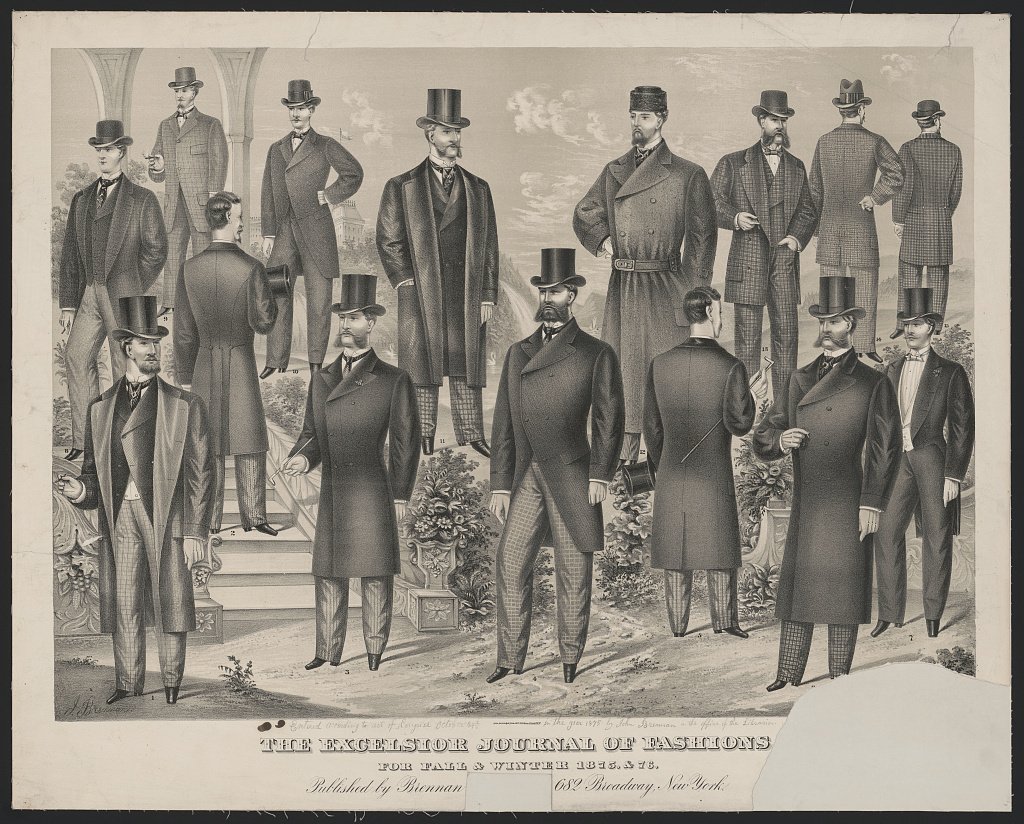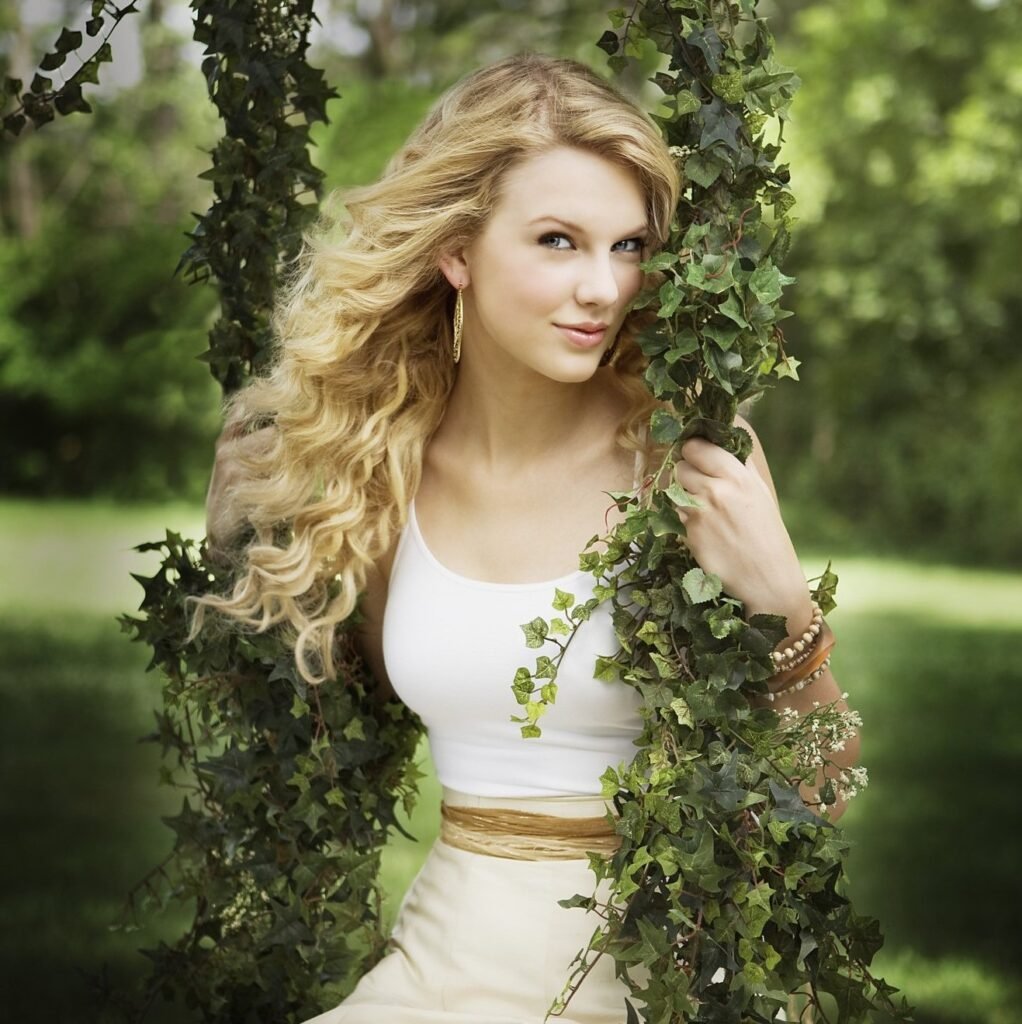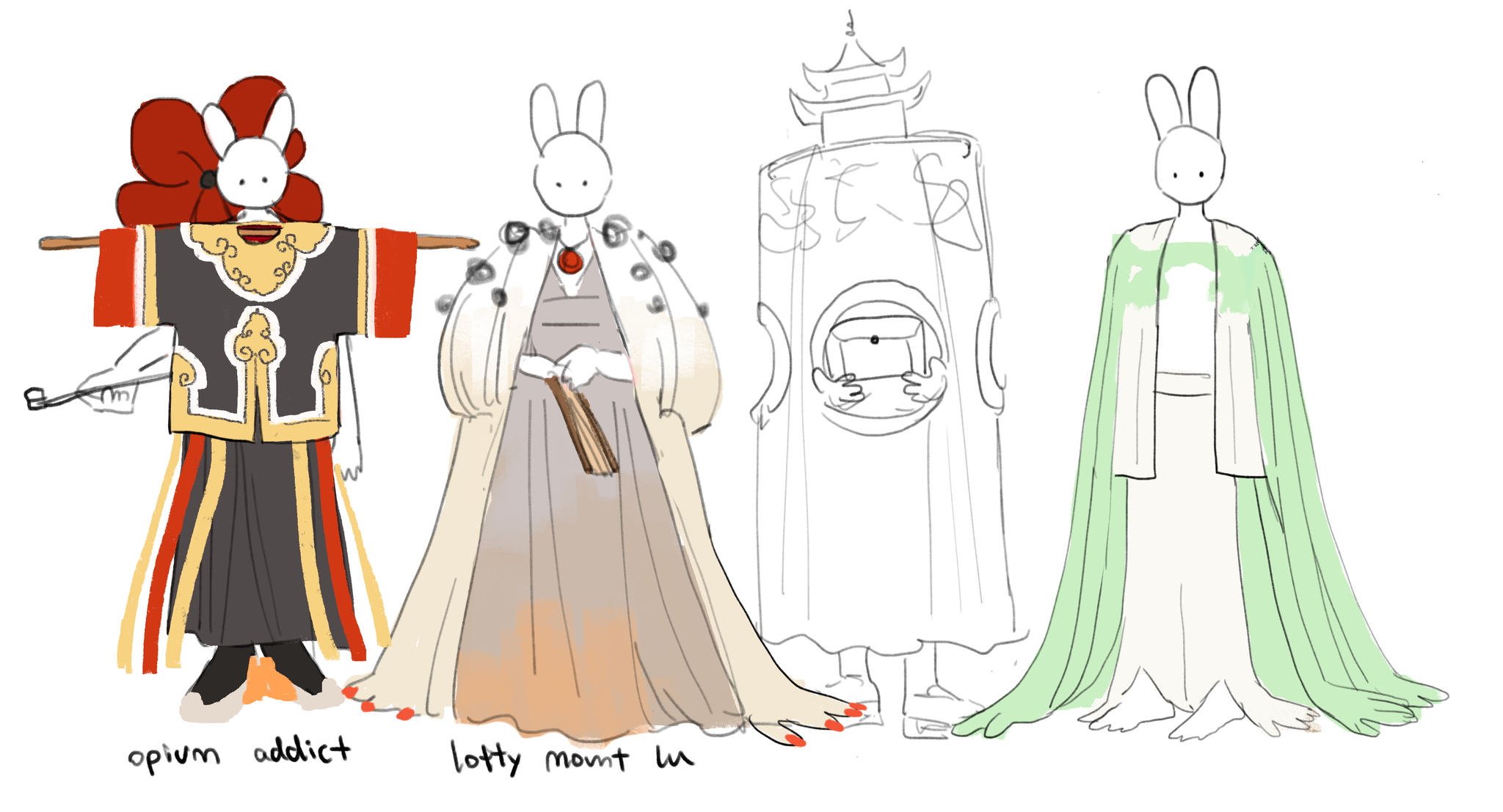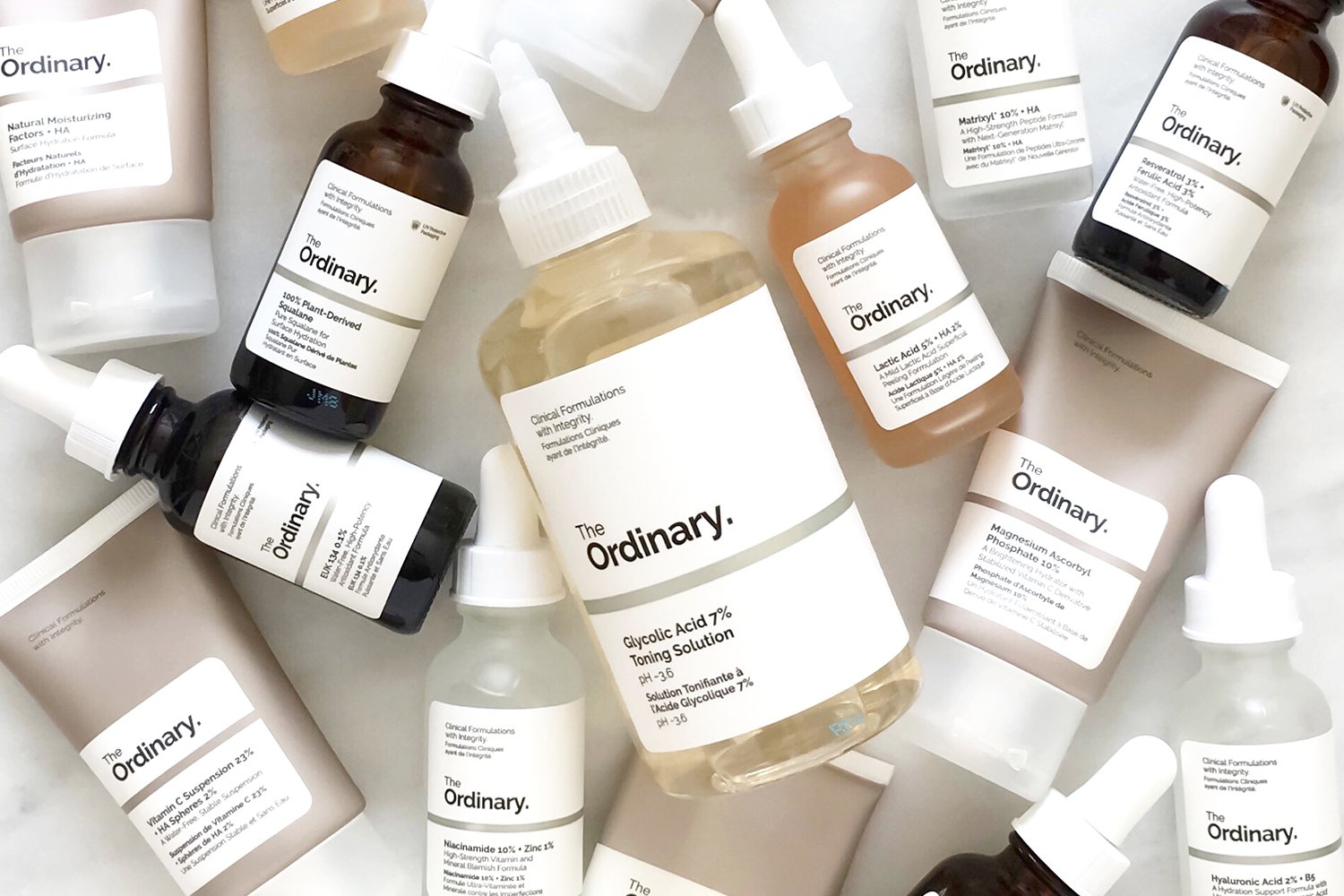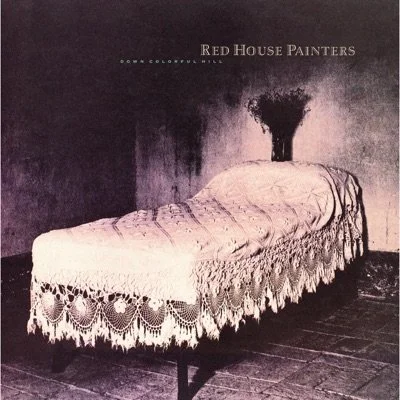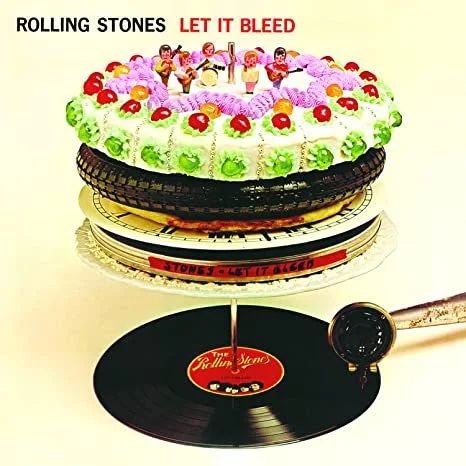This Halloweekend, I was a total poser. With my overall shorts, red bandana, and blue eyeshadow, I was giving my very best impression of Maxine from X without having ever watched the movie. To be fair, I originally was not going for Maxine. I was planning on going for “farmer’s daughter” vibes, but when I described my idea to my friend, she sent me three TikToks of people doing that exact costume -just as Maxine - so I resolved to just lean into it with the signature blue eyeshadow (no bleached brows though because I was not THAT committed).
After wearing the costume, I looked up the plot of X out of curiosity and became intrigued. The story revolves around a group of young, vivacious men and women, dripping with sex appeal, all hungry for their unique interpretations of fame, adoration, and success which ultimately make them turn to the porn industry. Particularly striking is Maxine, girlfriend of the porno director Wayne. In one scene, Wayne, overcome with an exploitative excitement, embraces Maxine, raving about her “X factor”, because although she is not as conventionally attractive as her blonde bombshell costar Bobby-Lynne, there is something in her unflinching eyes framed with blonde eyebrows, bright blue eyeshadow, and asymmetric scattering of freckles that makes her inhumanly beautiful.
The group rent a barn from an elderly couple to shoot an X-rated movie entitled “The Farmer’s Daughter.” It turns out that the elderly couple, especially the wife, Pearl, hide some sinister secrets. Pearl and her husband can be painful to look at, with thinning white hair, rotting teeth, and wrinkled, marked skin so grotesque they could have been corpses. However, the viewers are meant to feel some sympathy for Pearl who longs to be beautiful and desired like the other characters, notably Maxine. Pearl’s husband refuses to have sex with her out of worry for his weak heart, causing Pearl to become obsessed with her age and looks. In one heartbreaking scene, she looks into the mirror and applies blue eyeshadow to her drooping eyelids in a piteous attempt to mimic Maxine. The eyeshadow palette has obviously been used many times, hinting at the recurrent theme that Maxine and Pearl are one and the same woman, just in different stages of life, one the object of desire and the other the object of disgust. In fact, Maxine and Pearl are actually played by the same actress, Mia Goth, with the help of special effects makeup.
As the movie goes on, Pearl makes sexual advances towards several of the characters, and when she is rejected, she brutally murders them in a typical slasher film “everyone who had sex dies by the end of the night” fashion.
I could probably write several essays on this movie, but I’ll just stick to my favorite and least favorite aspects.
I absolutely love the way that society’s influence on women is portrayed as being so intoxicating that it literally drives the women in the movie to beg to be exploited. Lorraine, the girlfriend of the camera man, asks Bobby-Lynne and Maxine how they can have sex with other people in porn when they are in love with someone else. Bobby-Lynne describes how love and sex are completely different. She says, “You can choose who you love, not who you’re attracted to.” By drawing this separation between love and lust, Bobby-Lynne sets lust to be an impartial measurement of a woman’s worth. A person who loves you sees your flaws and chooses to ignore them, but a person who lusts for you sees you as perfect and is willing to abandon all societal norms and morality to have you. In that light, love means a lot less about a person because even an insignificant, flawed person can be loved, but only an extraordinary person can be a sex symbol.
In one scene, Pearl begs her husband to tell her that she is special. He replies, “Of course you are special.” Pearl’s husband, at least to our knowledge, is faithful, and it is implied that he forgives her devious and murderous habits by allowing her to keep a sex slave in their cellar (probably a previous renter). Despite this, his love is still not enough for her. Pearl has internalized that her inherent worth as a person can only be defined by her desirability, and when love isn’t expressed through sex, it is simply less important. This message struck home about the pervasive nature of misogyny: it can be so convincing that women will voluntarily subjugate themselves to grasp at a semblance of self worth.
I felt, however, that the movie fell flat when the slasher killing began. Pearl was written to be the worst case scenario of society’s effect on women. Driven by an unquenchable thirst for validation, she harasses the characters in the movie, coercing them and touching them non-consensually before attempting to kill them when they reject her. I find that this is, however, not a typical reaction for women; it is much more common for women to instead become door mats to their partners, doing anything for them and accepting unforgivable abuse in order to feel wanted. Pearl’s behavior aligns much more with the behavior of some men who force themselves upon women and become violent when rejected. The movie’s choice to make Pearl the antagonist implies that when one woman acts the way that countless men do, her actions are even more grotesque and creepy than a man’s would be. It could be said that the film is simply acknowledging this point: that at the pinnacle of evil, women still only act as badly as countless men do normally. But considering how certain other themes in the movie, like the association between youth and desirability, were so sophomorically over-emphasized, this idea fell flat. Femininity is instead associated with lust and evil in a pathetic “girlbossification” of the horrors which have been systemically committed against women for centuries.
I plan on watching Pearl, the prequel to X, which gives the villain backstory for X’s antagonist.







